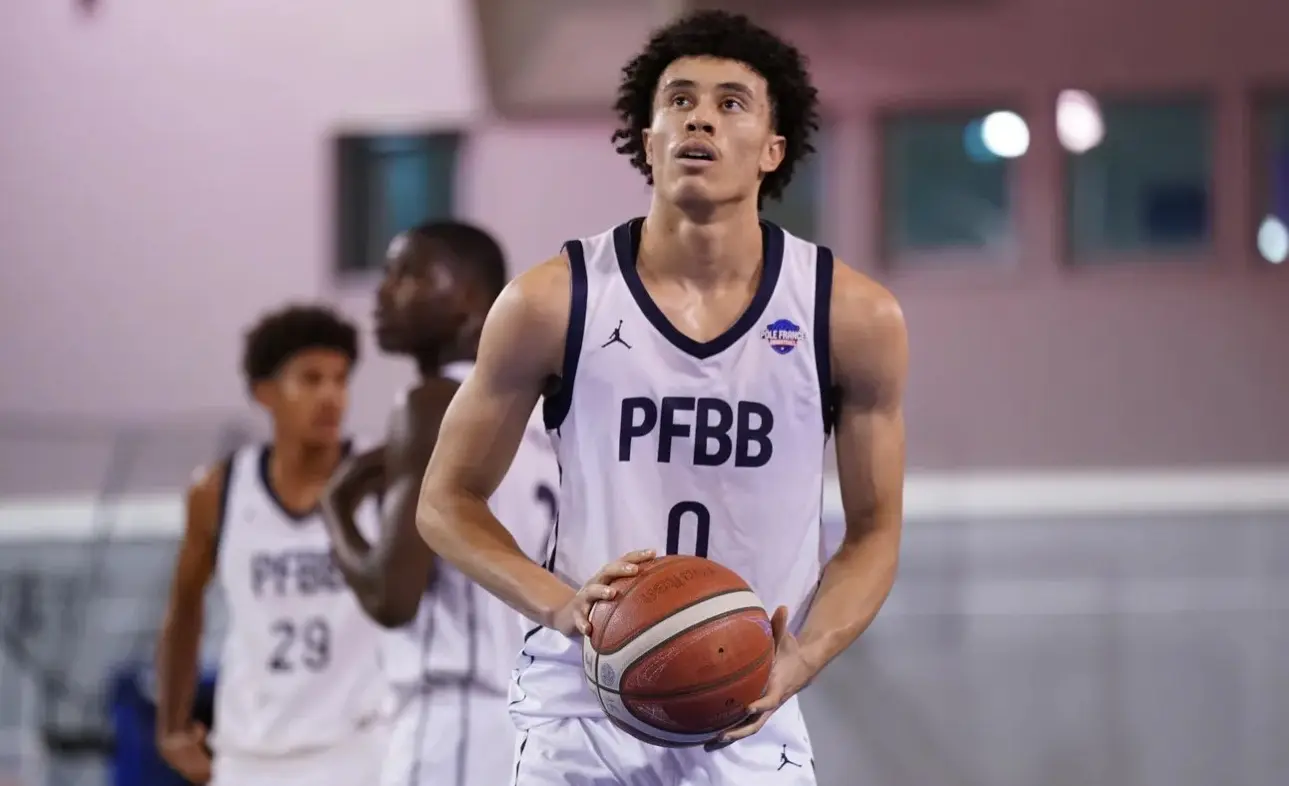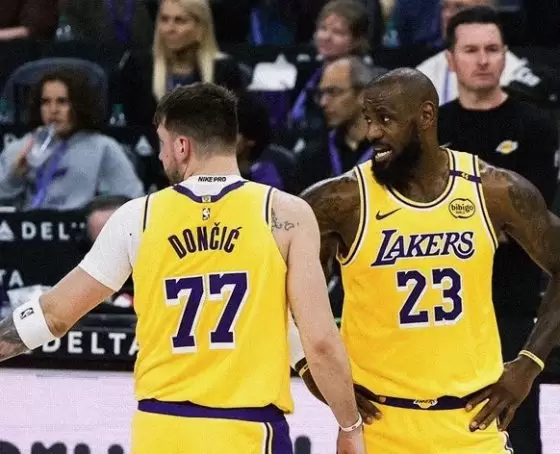The Netflix documentary provides a comprehensive account of Bill Russell’s on and off-court achievements
The challenge of creating a Bill Russell documentary begins with whether to frame the story through his basketball accomplishments or civil rights activism. He played in the NBA from 1956-1969, winning 11 championships and 5 MVPs and changing the way the sport was played. It would have been easier — and safer — for Russell to distance himself from the civil rights movement, but he risked his life to speak out against the injustices suffered by Black Americans.
Director Sam Pollard strikes a masterful balance between the athlete and activist sides of Russell, who passed away last July at age 88. The two-part Bill Russell: Legend, released by Netflix on February 8th, clocks in at 3 hours 29 minutes. It chronologically documents Russell’s career and uses it to contextualize the major events of the civil rights movement.
The interviewees include current NBA players (Chris Paul, Steph Curry), former players (Kareem Abdul-Jabbar, Larry Bird, Magic Johnson), and his old teammates (Satch Sanders, Bob Cousy). It also features academics, journalists, and family members. Russell didn’t complete any interviews, so the documentary used old interview clips and narrated excerpts from his books Go Up for Glory (1965), Second Wind (1979), and Red and Me (2009).
Pollard’s recent documentary directorial credits include Citizen Ashe (2021), MLK/FBI (2020), and Mr. Soul! (2018). Having already examined the connections between 1960’s activism and entertainment, he was the perfect choice for this documentary. When producer Ross Greenburg approached him about the project two years ago, he immediately accepted.
The archival footage is the strength of Bill Russell: Legend. We’re accustomed to Russell’s basketball clips being grainy and indecipherable, but much of the old game film was retouched and resized. The resulting videos show Russell as a dominant basketball player that the typical YouTube highlight montage can’t capture.
Credit to Senior Archival Producer, Helen Russell (no relation), for finding film of Russell’s games at USF, photos from his introductory press conference, his wedding video, and old practice footage. My favorite clip was a home video of Celtic players and their wives dancing and celebrating at a team party sometime in the early 60s. Tommy Heinsohn, likely five 12 beers deep, is the star of that clip.
Russell’s family was part of the Great Migration, moving from Monroe, LA to Oakland, CA when he was eight. His mother instilled in him a lifelong love of reading, and he spent much of his free time at the library. As a child, Russell would look at books that reprinted Michelangelo and Da Vinci paintings, and he’d try to redraw them from memory. When he started playing basketball, these memorization skills helped him visualize offensive sets, and as a defender, anticipate how players would try to attack the basket.
He was the only Black player on Boston’s first 1957 championship team. By 1964, the Celtics had an all-Black starting lineup and the league entered a new era of Black superstardom. The documentary dissects his relationship with Wilt Chamberlain, discussing their on-court rivalry, off-court friendship, personality differences, and how they stopped talking for 30 years but eventually reconciled before Chamberlain’s 1999 death.
The Celtics were always motivated to win a championship for whoever planned to retire after that season: Bob Cousy in 1963, Frank Ramsey in 1964, Heinsohn in 1965, and Red Auerbach in 1966. When Cousy’s number was retired in a public ceremony, he got choked up while giving a speech, and a fan yelled “We love you Cooz,” which led to applause. It then cuts to an interview with Russell, where he joked with Red how that would never happen to him (more on this later).
He maintained that he played for the Celtics, not the city of Boston. We hear a story about how his car broke down while it was raining, and people took turns heckling him as they drove by. His house in Reading, MA was destroyed by burglars when he and his family were away for a weekend. But before the incident, the Reading civic leaders hosted a celebratory dinner for Russell, and the documentary includes audio recordings of speeches from that night. He temporarily felt accepted, but that was short lived, as vandals smashed his trophies, spray-painted racial epithets on his walls, and defecated on his bed.
As Russell’s basketball accomplishments grew, his racist treatment never waned, and he stayed committed to the civil rights movement. Locally, he participated in efforts to desegregate Boston Public Schools, and he organized a special graduation ceremony for a Roxbury middle school after the original one was disrupted by an anti-integration school committee member. Nationally, he participated in the March on Washington, supported Muhammad Ali’s draft resistance, and hosted basketball clinics in Mississippi at the request of his friend, Medgar Evers, who was assassinated in 1963.
Red Auerbach believed the best way to motivate Russell and keep the dynasty alive was to make him the player-coach. Again, I can’t emphasize enough how great the archival footage is — a reporter asks Russell if white players would be treated equally under him, that they wouldn’t be subject to reverse racism, and after a brief death stare, Russell answered, “yes.” Coaching gave him a new challenge towards the twilight of his career.
Russell won his 10th championship in 1968 and 11th in 1969. The documentary treats the final season like the ending of a great sports movie. The aging Celtics had their worst record of the Russell era, but beat the superteam Lakers in the finals. They fell 0-2, needed a Sam Jones buzzer beater to tie it at 2-2, then needed a lucky Don Nelson shot to win game 7 in Los Angeles. Jerry West has some great quotes denouncing Lakers owner Jack Kent Cooke for pre-planning a championship celebration.
The documentary closes by discussing his impact on the modern day athlete-activist, and how after his death, his number would be retired across the NBA. It briefly discussed his uneven tenure as GM/Coach of the Seattle Supersonics and his disastrous one with the Sacramento Kings, along with his short-lived Hollywood ambitions immediately after his playing career.
Bill Russell: Legend celebrates the life of an American icon. Years removed from his playing career, Russell was able to reconcile with the city of Boston. He didn’t want a public ceremony to retire his number in 1972, but eventually got one in 1999, as he returned to Boston and the Celtics re-retired #6 before a sold out crowd. When Russell gave his closing speech, he briefly paused, and someone in the stands yelled out, “We love you Bill.” He promptly responded, “I love you too.”






